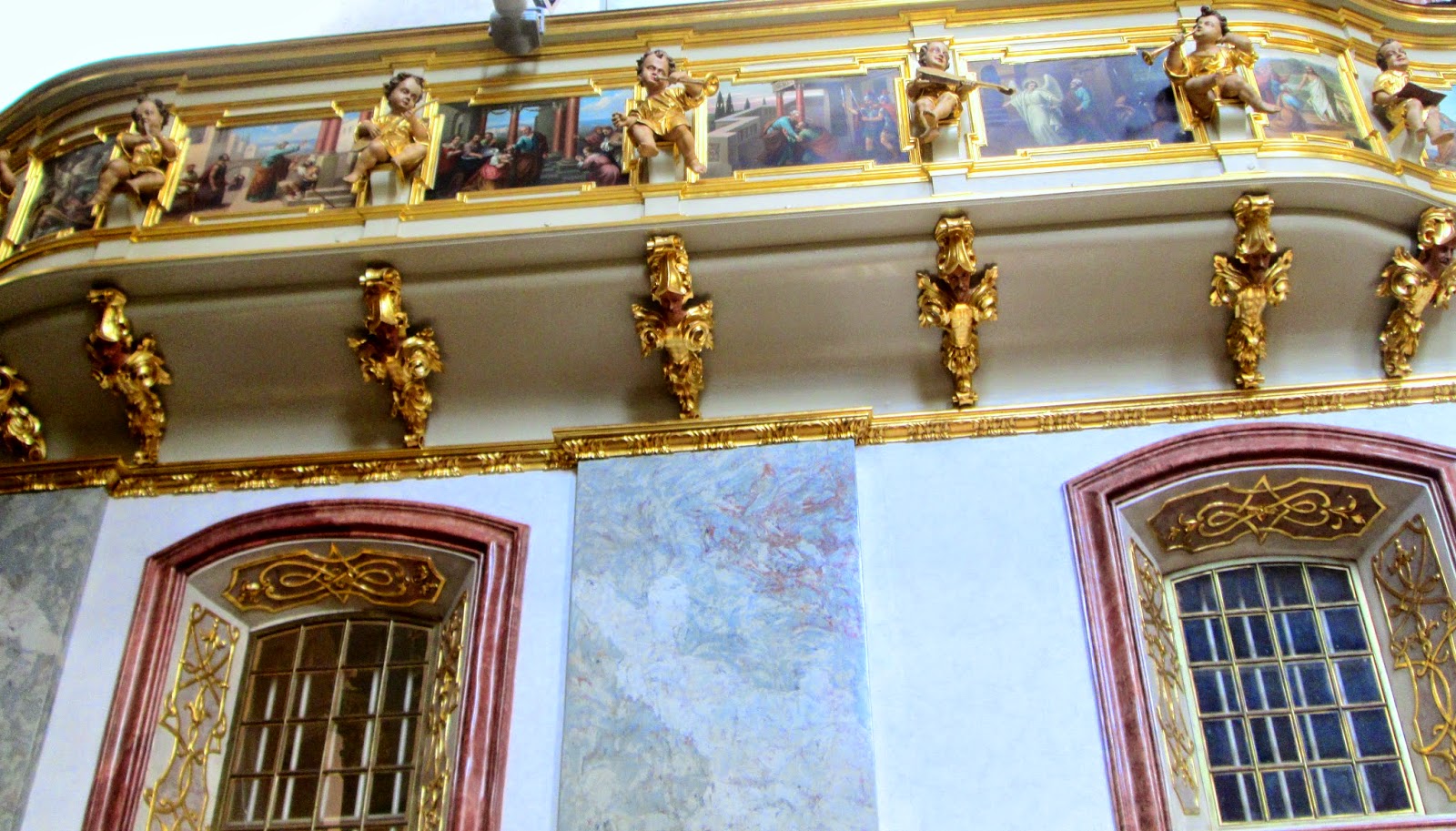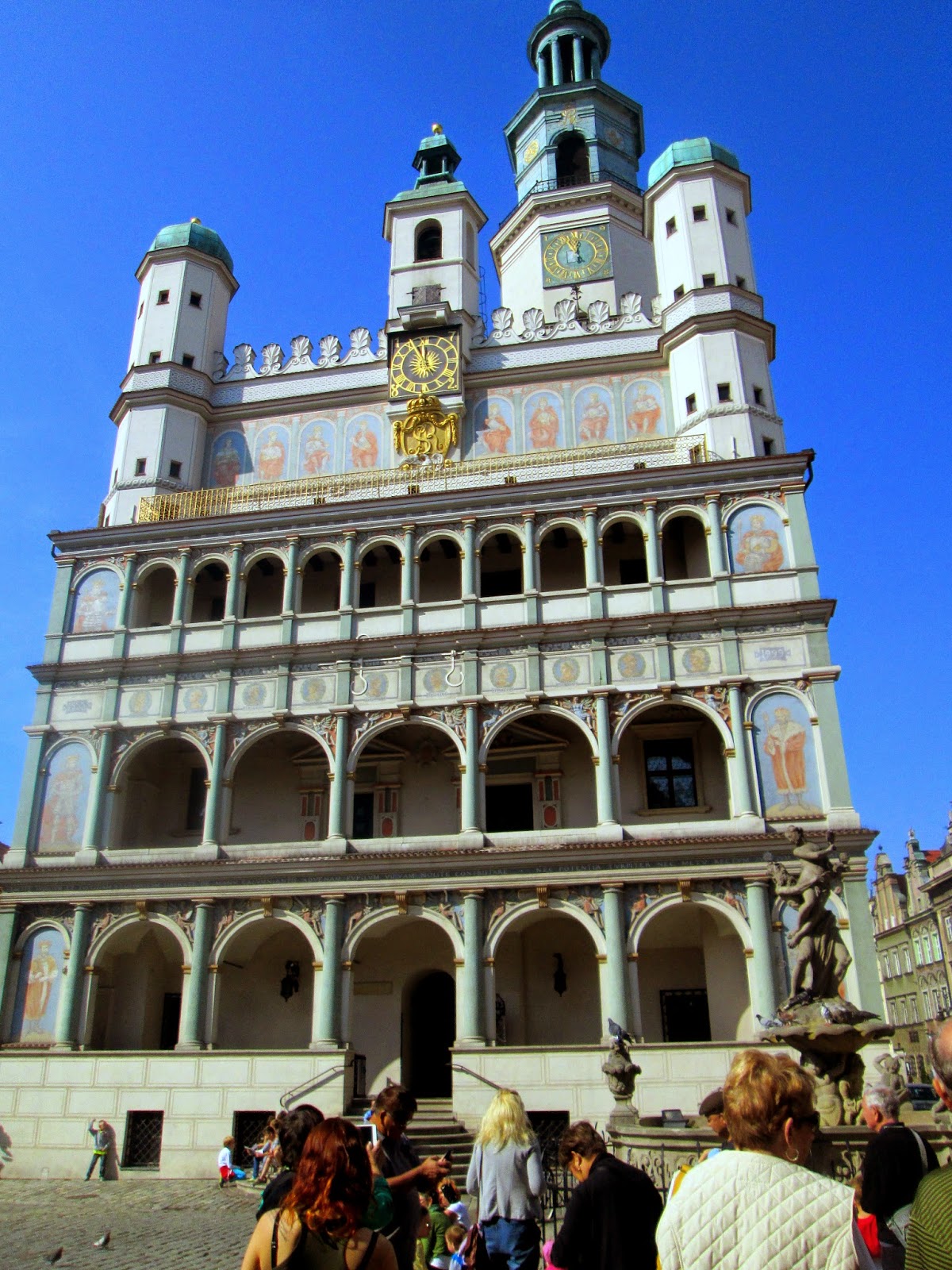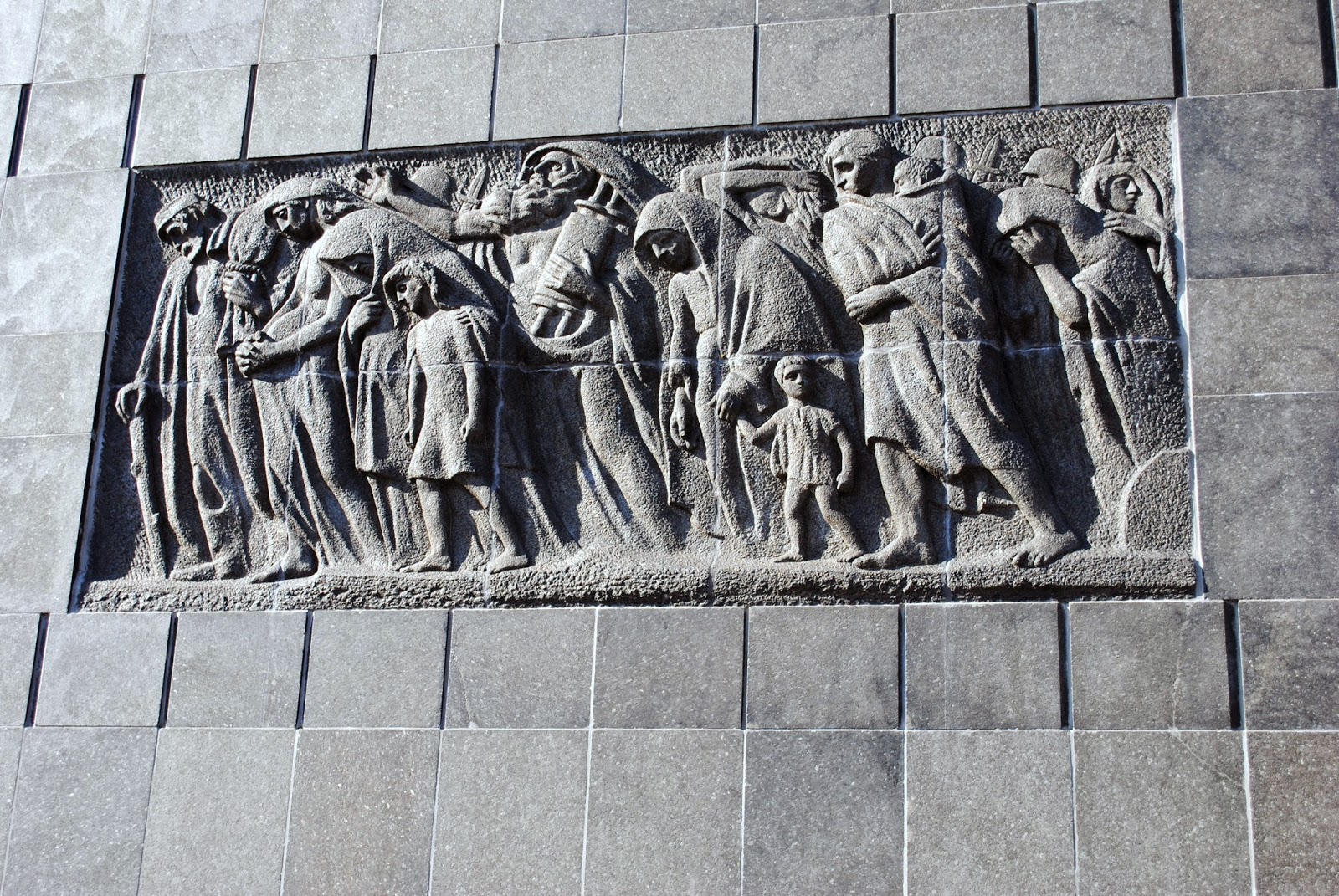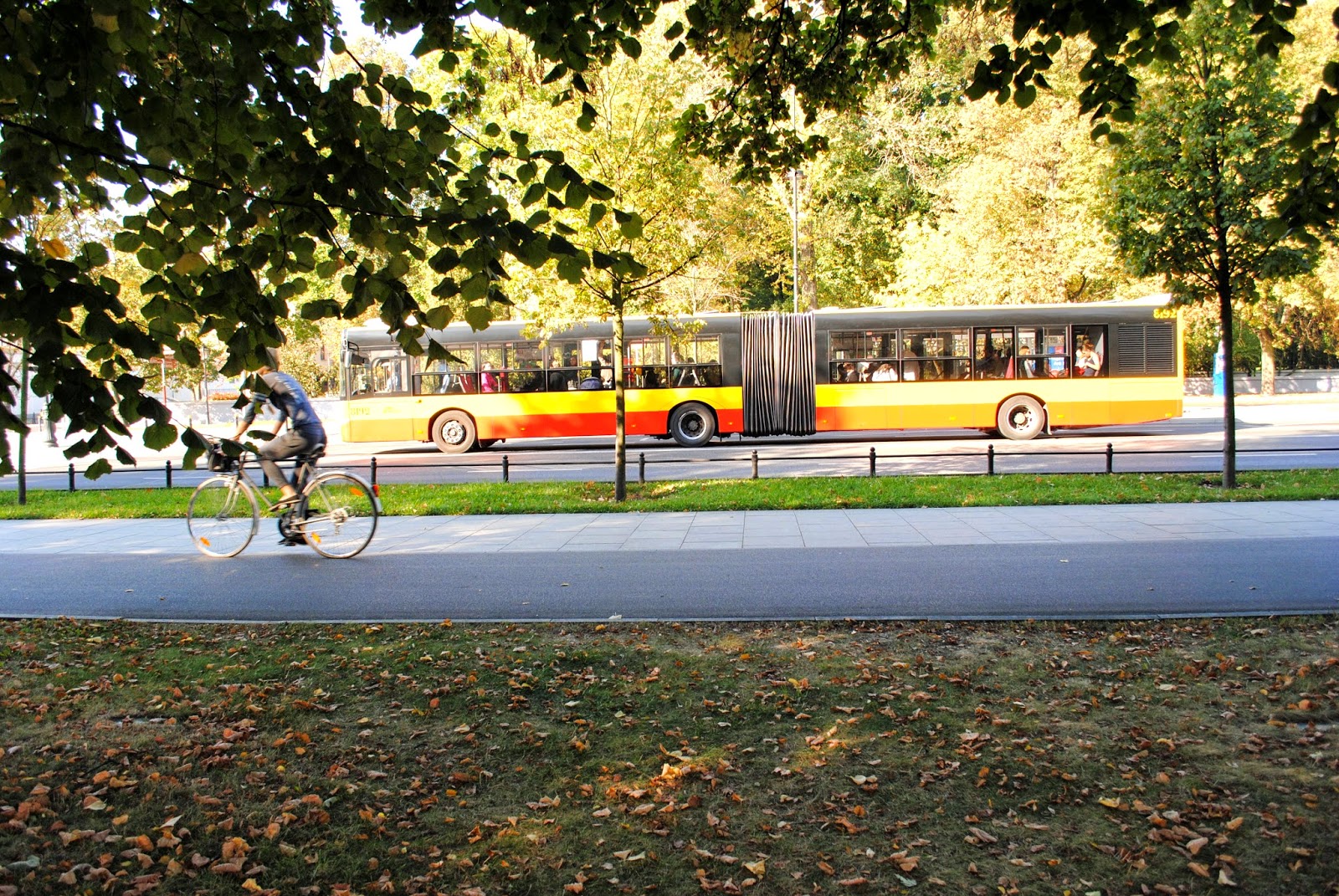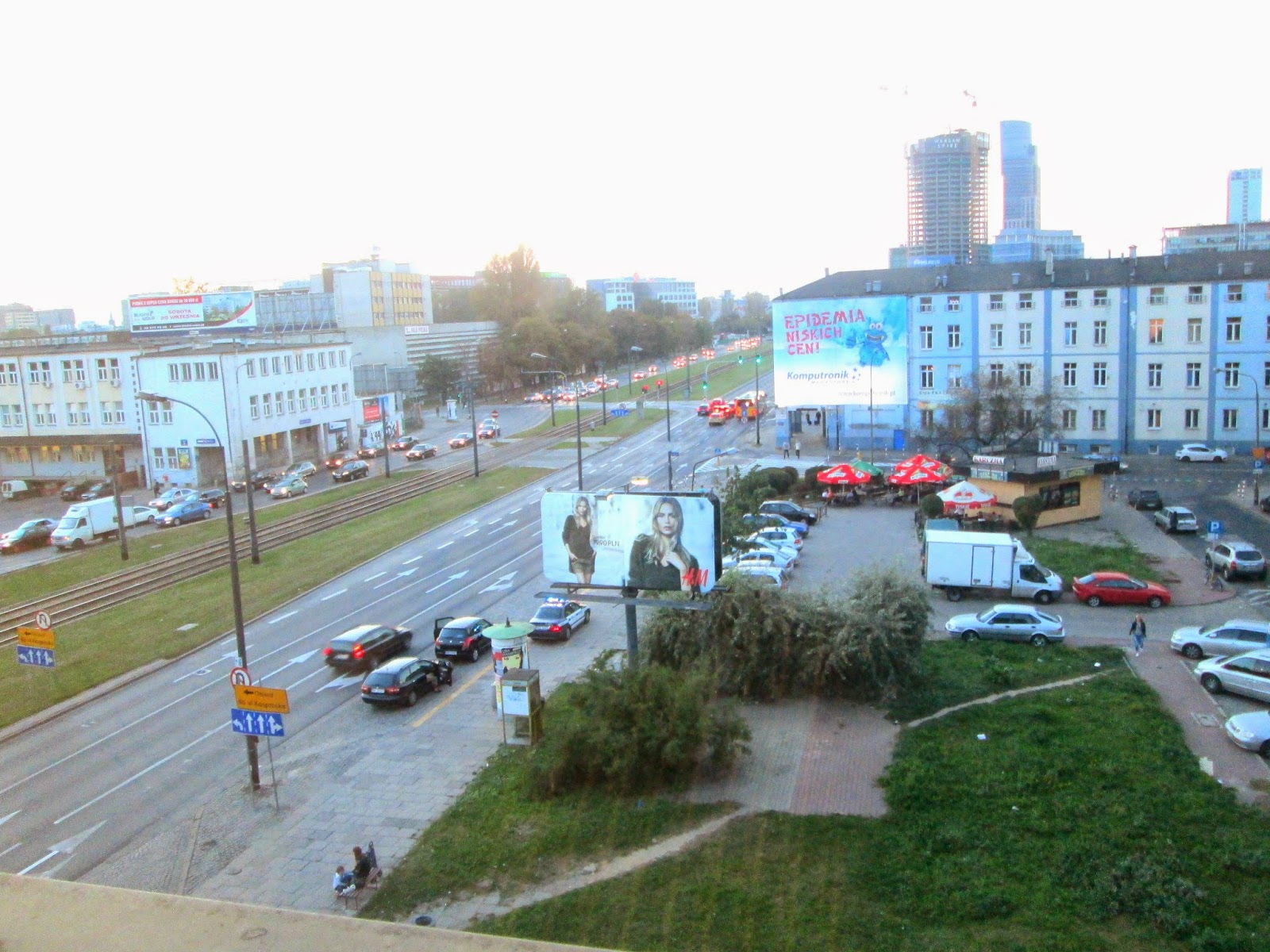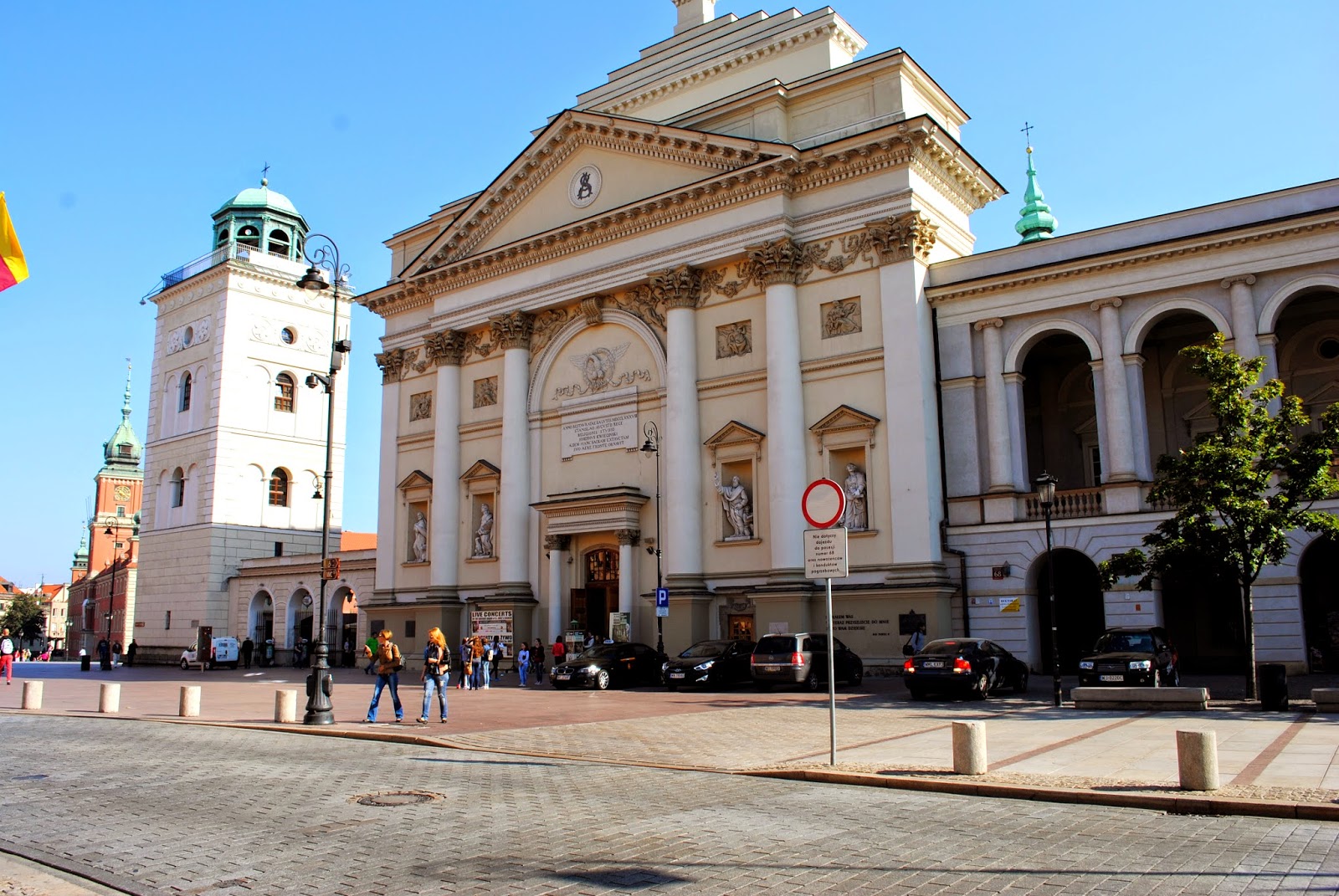Black Madonna: Our Lady of Czestochowa
Legend has it that an attempt was made to steal the painting in 1430 but it became so heavy it was impossible to lift it. In frustration the thieves slashed the canvas with a knife making two cuts on the virgin's face which oozed blood. The marks are still visible today.
At one point Poland almost disappeared from the map. During Poland's turbulent history Swedes, Germans, and Russians have all overpowered the Polish nation but throughout, their faith has remained strong and the Virgin has always been there for them.
We were in the center of hundreds of people praying there, and the beauty was that, neither were we bothering them in their prayer, nor were they bothered by our presence. We could just walk around silently admiring the hundred years of history. Absolutely beautiful! How I wish our temples could be more organised and disciplined like this.
The miracle for which the Black Madonna of Częstochowa is most famous occurred in 1655, when Swedish troops were about to invade Częstochowa. A group of Polish soldiers prayed fervently before the icon for deliverance, and the enemy retreated. In 1656, King John Casimir declared Our Lady of Częstochowa "Queen of Poland" and made the city the spiritual capital of the nation.
The Virgin again came to the aid of her people in 1920, when the Soviet Russian Red Army gathered on the banks of the Vistula River, preparing to attack Warsaw. The citizens and soldiers fervently prayed to Our Lady of Częstochowa, and on September 15, the Feast of Our Lady of Sorrows, she appeared in the clouds above Warsaw. The Russians were defeated in a series of battles later dubbed the "Miracle at the Vistula."
During Nazi occupation, Hilter prohibited pilgrimages to Jasna Góra, but many still secretly made the journey. In 1945, after Poland was liberated, half a million pilgrims journeyed to Częstochowa to express their gratitude. On September 8, 1946, 1.5 million people gathered at the shrine to rededicate the entire nation to the Immaculate Heart of Mary. During the Cold War, Jasna Góra was a center of anti-Communist resistance.
In the main part of the shrine, the walls are completely covered with Rosaries, pure silver and pure gold hearts, Rosaries made of amber (the worth of all of those amber Rosaries are about $2 million), as well as crutches and canes. All of these things were left because of the healings that have taken place in front of the image of Our Lady of Czestochowa. These things were left by devotees who had experienced the Black Madonna's power.
The main Nave of the Basilica
The Baroque Basilica interiors: really stunning!
See the interiors of Jasna Gora: beautiful frescos and paintings.
There have been reports for centuries of miraculous events such as spontaneous healings occurring to those who made a pilgrimage to the portrait. It gets its name "Black Madonna" from the soot residue that discolors the painting. The soot is the result of centuries of votive lights and candles burning in front of the painting. With the fall of communism in Poland, pilgrimages to the Black Madonna have increased dramatically.
Here too they keep changing the dress of Mother every day.
The Sundials
The image is sometimes called Our Lady of Jasna Gora after the name of the monastery site in which it has been kept for six centuries. Joan Carroll Cruz relates the following 'miracle story' regarding the selection of this site:
The Holy Icon of the Black Madonna is a particular focus of worship for Roman Catholics and Orthodox Christians and is considered miraculous. It is one of the most recognizable symbols of the Roman Catholic Church in Poland and, is the most important sites of the worship. It has for centuries been the heart of pilgrimage in Poland.
St. Ladislaus determined to save the image from the repeated invasions of the Tartars by taking it to the more secure city of Opala, his birthplace. This journey took him through Czestochowa, where he decided to rest for the night. During this brief pause in their journey, the image was taken to Jasna Gora meaning (Bright Hill"). There it was placed in a small wooden church named for the Assumption. The following morning, after the portrait was carefully replaced in its wagon, the horses refused to move. Accepting this as a heavenly sign that the portrait was to remain in Czestochowa, St. Ladislaus had the image solemnly returned to the Church of the Assumption.
At one point Poland almost disappeared from the map. During Poland's turbulent history Swedes, Germans, and Russians have all overpowered the Polish nation but throughout, their faith has remained strong and the Virgin has always been there for them.
We were in the center of hundreds of people praying there, and the beauty was that, neither were we bothering them in their prayer, nor were they bothered by our presence. We could just walk around silently admiring the hundred years of history. Absolutely beautiful! How I wish our temples could be more organised and disciplined like this.
The miracle for which the Black Madonna of Częstochowa is most famous occurred in 1655, when Swedish troops were about to invade Częstochowa. A group of Polish soldiers prayed fervently before the icon for deliverance, and the enemy retreated. In 1656, King John Casimir declared Our Lady of Częstochowa "Queen of Poland" and made the city the spiritual capital of the nation.
The Virgin again came to the aid of her people in 1920, when the Soviet Russian Red Army gathered on the banks of the Vistula River, preparing to attack Warsaw. The citizens and soldiers fervently prayed to Our Lady of Częstochowa, and on September 15, the Feast of Our Lady of Sorrows, she appeared in the clouds above Warsaw. The Russians were defeated in a series of battles later dubbed the "Miracle at the Vistula."
During Nazi occupation, Hilter prohibited pilgrimages to Jasna Góra, but many still secretly made the journey. In 1945, after Poland was liberated, half a million pilgrims journeyed to Częstochowa to express their gratitude. On September 8, 1946, 1.5 million people gathered at the shrine to rededicate the entire nation to the Immaculate Heart of Mary. During the Cold War, Jasna Góra was a center of anti-Communist resistance.
The main Nave of the Basilica
The Baroque Basilica interiors: really stunning!
See the interiors of Jasna Gora: beautiful frescos and paintings.
Here too they keep changing the dress of Mother every day.
The Sundials
Europe, as you would see is full of Churches and Museums, good roads, good transport, and excellent cafe's. The architecture too seems to be more or less the same. However, nothing can beat our country, which is very different in every aspect, the variety of food, the various cultures/customs of different regions, different religions and different languages.
The exteriors of Jasna Gora: they have acres of beautiful garden
Outside they have a huge altar built from where open air masses are celebrated to the crowds gathered there on certain festival days.
This picture of a huge bell in the compound, has lots and lots of coins(cents, euros etc.) and totally unguarded, yet you don't see anybody stealing: this is Poland for you, a country filled with honest and hard working people, who at the same time know how to have fun too.
I have decided to write about all the places visited by us, for it would help me remember them. It is natural to forget, when we see so many places together, and with all of them looking similar.
Happy Diwali!!!
The exteriors of Jasna Gora: they have acres of beautiful garden
Outside they have a huge altar built from where open air masses are celebrated to the crowds gathered there on certain festival days.
This picture of a huge bell in the compound, has lots and lots of coins(cents, euros etc.) and totally unguarded, yet you don't see anybody stealing: this is Poland for you, a country filled with honest and hard working people, who at the same time know how to have fun too.
I have decided to write about all the places visited by us, for it would help me remember them. It is natural to forget, when we see so many places together, and with all of them looking similar.
Happy Diwali!!!















